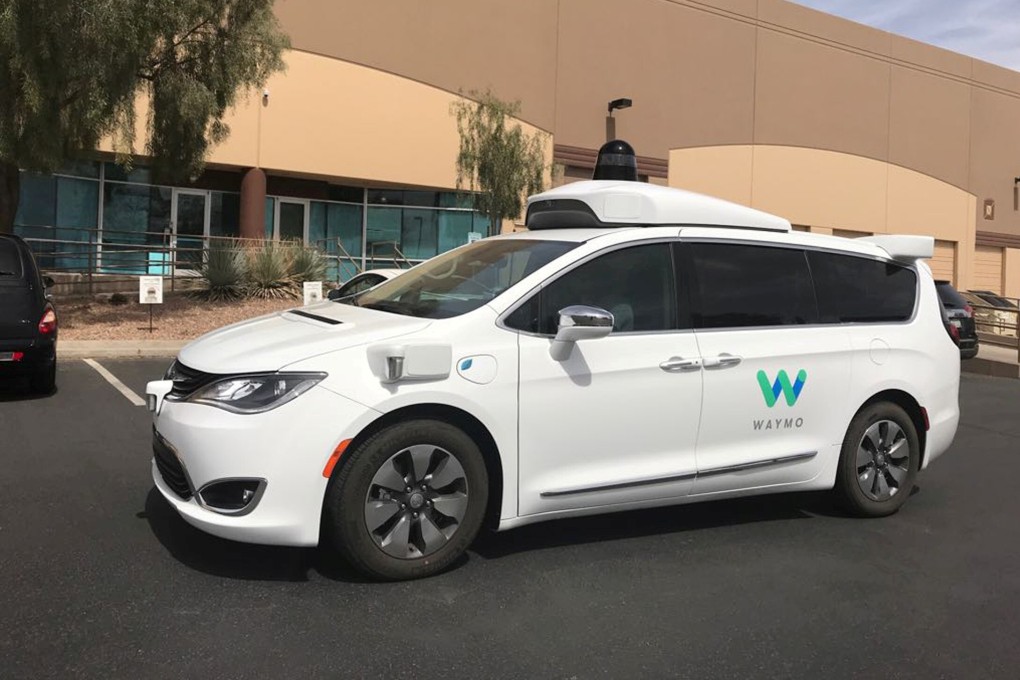Autonomous car industry gets a nudge on standards and transparency
- The US National Highway Traffic Safety Administration is unveiling an initiative for a nascent industry that seeks to transform how people drive
- The agency aims to build a website to show the public where autonomous car tests are being held and learn details about how these are conducted

Hundreds of autonomous cars have been tested in locations across the United States in recent years, but standards are inconsistent and in a handful of cases there have been accidents and even a death.
Now, the federal government wants to improve how those tests are conducted and create more transparency for a nascent industry that seeks to transform how people drive.
The US National Highway Traffic Safety Administration (NHTSA) is unveiling a voluntary initiative on Monday in an attempt to bring together state and local governments along with vehicle makers, such as Alphabet’s Waymo.
“There clearly have been incidents that have demonstrated difficulties in testing and in areas where testing has fallen short of the safety standards that we all expect,” James Owens, deputy administrator of NHTSA, said in an interview.
While the legal authority over such tests resides with states and the federal government has no plans to mandate standards, the safety administration intends to build a website to show the public where tests are being held and learn details about how these are conducted, Owens said.
The agency also plans to bring together government officials and the industry so they can share what has worked and what has not, Owens added. It is hosting a one-day symposium on the topic on Monday.